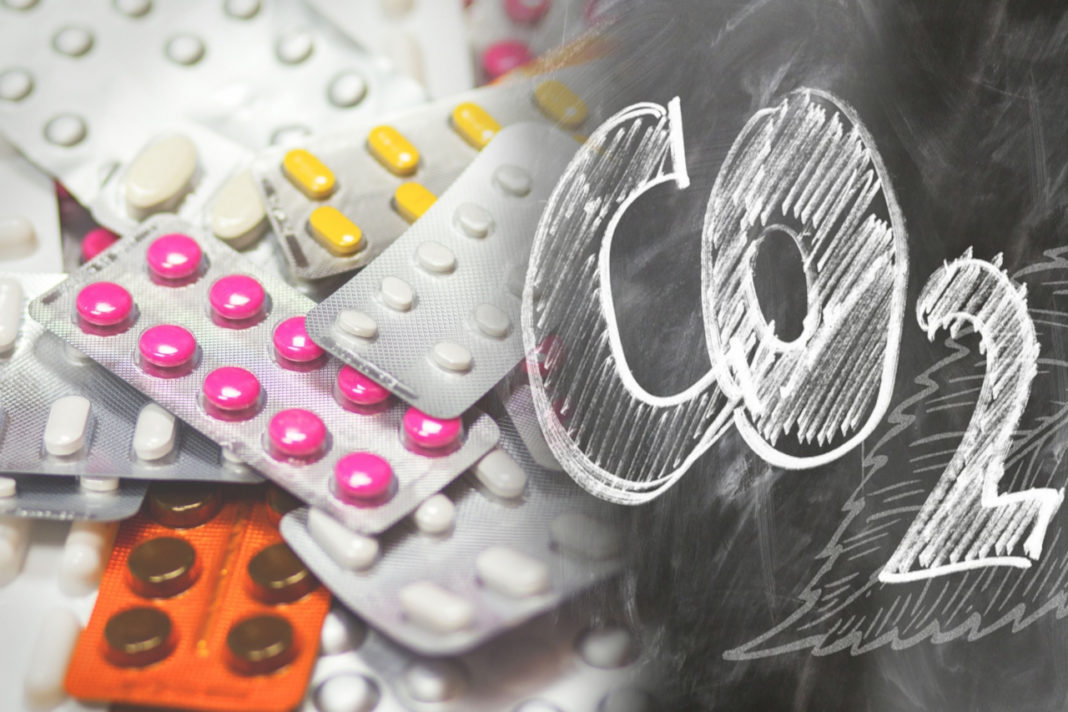The pharmaceutical industry is polluting the environment more than automotive, and it also contributes significantly to global warming.
Direct proportionality applies – smaller businesses produce fewer emissions than larger ones. A recent study conducted by EcoWatch to assess emissions has found that the pharmaceutical industry is 28% smaller, but 13% more polluting than the automotive industry. The study analyzed direct and indirect emissions. Direct emissions arise during business operations and indirect emissions arise from electricity consumption.
The result is 48.55 tons of CO2e (carbon dioxide equivalent) per million dollars. That’s about 55 percent greater than the automotive sector at 31.4 tons of CO2e / $ M for that year.
In 2015, the global pharmaceutical industry produced about 52 megatons of CO2e, more than 46.4 megatons of CO2e produced by the automotive industry over the same period.
Extreme Differences between Pharmaceutical Companies
EcoWatch presents examples of comparisons of some pharmaceutical companies: “For example, the emissions of Eli Lilly (77.3 tons of CO2e / $ M) was 5.5 times greater than Roche (14 tons of CO2e / $ M) in 2015, and Procter & Gamble’s CO2 emissions they were five times greater than Johnson & Johnson even though the two companies generated the same level of revenue and sell similar lines of products.”
They also found that: “The German company Bayer AG reported emissions of 9.7 megatons of CO2e and revenues of US $ 51.4 billion, yielding an emission intensity of 189 tons of CO2e / $ M. This intensity level is more than four times greater than the overall pharmaceutical sector.”
Bayer revenue comes from a broader portfolio of pharmaceutical products, medical equipment and agricultural commodities, with emissions from all divisions combined. In this case, it is not possible to analyze the environmental impact of individual companies.
How to Comply With the Paris Agreement?
The entire global pharmaceutical industry would have to cut emissions by 59% by 2025, compared to 2015 levels. It seems that some of the leading companies have already taken steps to meet the Paris Agreement: “Roche, Johnson & Johnson and Amgen showed revenue growth of 27.2 percent, 25.7 percent and 7.8 percent respectively between 2012 and 2015, while managing to reduce their emissions by 18.7 percent, 8.3 percent and eight percent respectively, ” according to EcoWatch.
The efforts of these enterprises can rebut the direct relationship between revenues and environmental pollution, including greenhouse gases.
Source: ecowatch.com/big-pharma-greenhouse-gas-emissions-2638418041.html, sciencedirect.com/science/article/pii/S0959652618336084?via%3Dihub, jamanetwork.com/journals/jama/fullarticle/184856

















